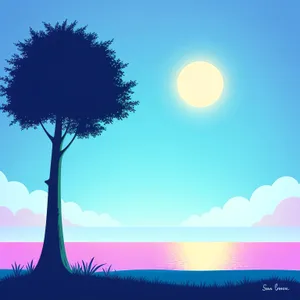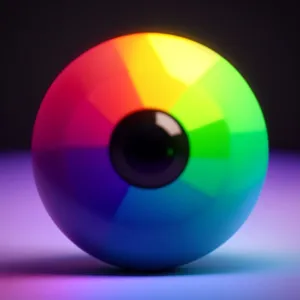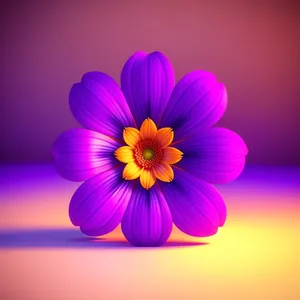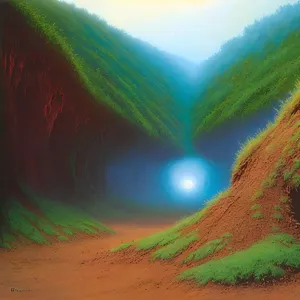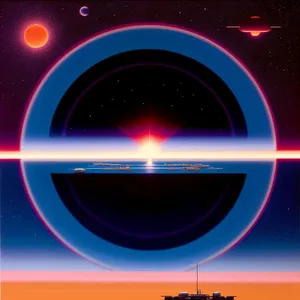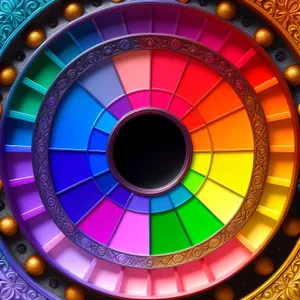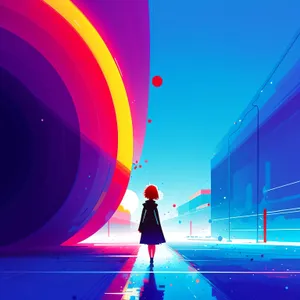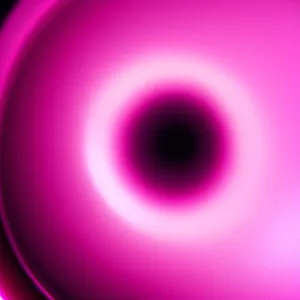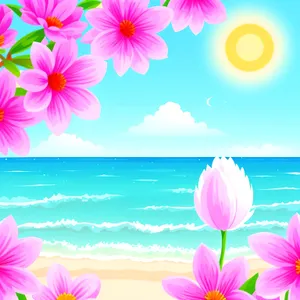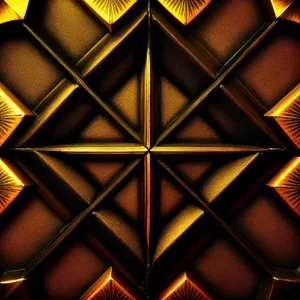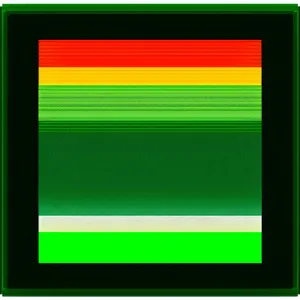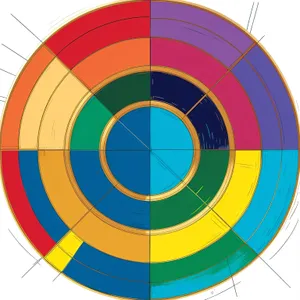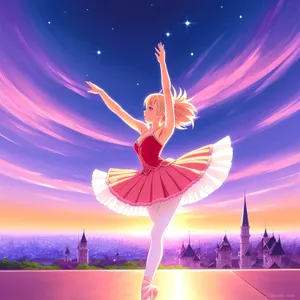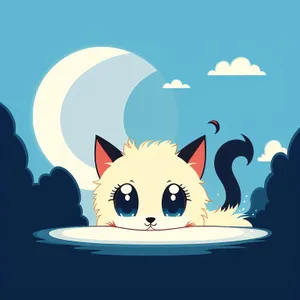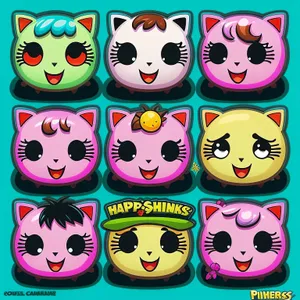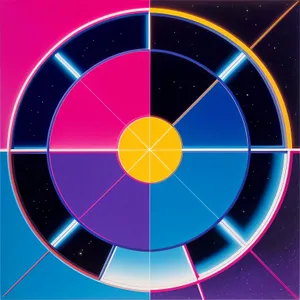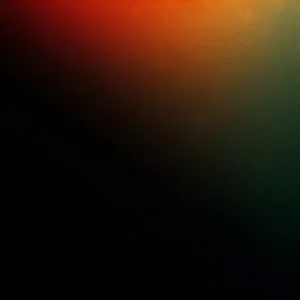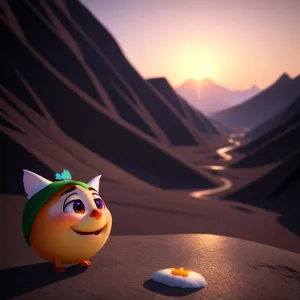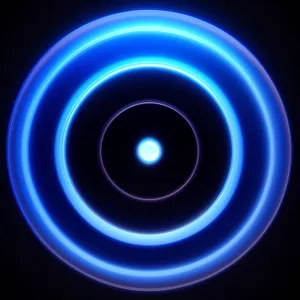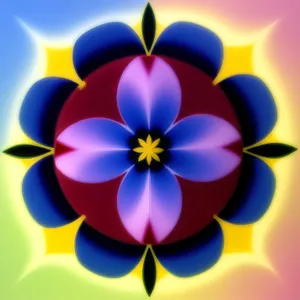Art Pictures, Images and Stock photos
Art has been an integral part of human expression for centuries, and within the vast realm of artistic mediums, acrylic painting stands out as a dynamic and versatile form of contemporary art. In this article, we will delve into the fascinating world of acrylic art, exploring its history, techniques, and the vibrant spectrum of colors that define the contemporary royalty free art scene.
The Evolution of Acrylic Paint:
Acrylic paint, a synthetic medium, made its debut in the mid-20th century, forever altering the landscape of painting. Initially developed for commercial purposes, acrylics quickly gained popularity among artists for their fast-drying properties, durability, and ability to adhere to a variety of surfaces.
The transition from traditional oil paints to acrylics marked a influential shift in the fine art picture world. Acrylics allowed artists to experiment with new techniques, fostering a sense of freedom and spontaneity in their work. The quick drying time of acrylics enabled artists to layer colors, creating dynamic textures and captivating visual effects.
Techniques in Acrylic Pics of Paintings:
Contemporary acrylic artists employ a wide range of techniques to bring their visions to life. From traditional brushwork to experimental methods, the possibilities are limitless. Some popular techniques include:
Impasto:
Artistic pics use a thick application of paint to create a textured, three-dimensional effect.
This technique adds a tactile quality to the artwork, enhancing the viewer's sensory experience.
Glazing:
Layering transparent washes of paint allows artists to build depth and complexity in their compositions.
Glazing is particularly effective for achieving luminous and ethereal effects in acrylic paintings.
Pouring:
Pouring involves mixing acrylic paints with a pouring medium and allowing them to flow across the canvas.
This technique often results in mesmerizing patterns and unexpected color interactions.
Palette Knife Painting:
Artists use palette knives to apply thick layers of paint, creating bold, expressive strokes.
This technique is celebrated for its ability to convey energy and emotion in a composition.
The Role of Color in Acrylic Art:
Color is a powerful tool in the hands of an artist, and acrylic paints offer a vast spectrum to choose from. Contemporary acrylic artists leverage color to evoke emotions, convey narratives, and express their unique perspectives. The following aspects highlight the significance of color in acrylic art:
Expressive Color Choices:
Contemporary acrylic artists often push the boundaries of traditional color palettes, choosing bold and unconventional combinations.
Vibrant hues can create a sense of energy and excitement in a painting, capturing the viewer's attention.
Symbolism and Meaning:
Artists use color to convey symbolism and evoke specific emotions.
Warm colors like reds and yellows may represent passion or energy, while cool tones like blues and greens can evoke tranquility and serenity.
Contrast and Composition:
Skillful use of contrasting colors enhances the visual impact of an artwork.
Artists play with color to guide the viewer's gaze, create focal points, and establish a harmonious composition.
Contemporary Acrylic Artists:
The contemporary artistic pictures scene boasts a plethora of talented acrylic painters who continue to push the boundaries of creativity. A few noteworthy artists include:
Gerhard Richter:
Renowned for his diverse range of styles, Richter's use of acrylics is both innovative and influential.
His abstract and photorealistic works showcase the versatility of acrylic paint.
Yayoi Kusama:
A pioneer in the contemporary art world, Kusama's use of acrylics in her polka-dotted and immersive installations has captivated audiences globally.
Her vibrant color choices contribute to the surreal and immersive nature of her artworks.
Ellen Rolli:
A contemporary acrylic artist known for her abstract landscapes and cityscapes.
Rolli's use of color and texture creates visually engaging and emotionally resonant compositions.
The Impact of Technology on Contemporary Acrylic Image of Fine Arts:
In the 21st century, technology has played a influential role in shaping the way artists create and share their work. Digital tools, social media platforms, and online galleries have provided artists with new avenues for exposure and collaboration. Acrylic artists, in particular, have embraced these technological advancements to connect with a global audience and showcase their creations.
Digital Arts Image Platforms:
Artists can now showcase their acrylic paintings on digital platforms, reaching a diverse audience without the constraints of physical galleries.
Online art communities foster collaboration and dialogue among artists, critics, and art enthusiasts.
Digital Tools in the Creative Process:
Digital tools and software enable artists to plan and visualize their acrylic paintings before picking up a brush.
This integration of technology allows for greater precision and experimentation in the creative process.
Conclusion:
Contemporary acrylic art images is a vibrant and ever-evolving field that continues to captivate audiences around the world. From its humble beginnings as a commercial product to its current status as a respected artistic medium, acrylic paint has undergone a remarkable evolution. The diverse techniques, expressive use of color, and the influence of technology contribute to the richness and variety of contemporary acrylic art. As artists continue to push the boundaries of creativity, the future promises even more exciting developments in this dynamic and expressive form of visual art.
How to find high quality art illustrations?
Finding high-quality art illustrations can be achieved through various methods:
Online Art Platforms: Explore reputable online art platforms such as Behance, Dribbble, DeviantArt, and ArtStation. These platforms often feature talented artists showcasing their work.
Stock Image Websites: Websites like EterStock, Adobe Stock, and Unsplash provide a wide range of high-quality illustrations. Some are free, while others may require payment.
Artist Portfolios: Visit individual artist portfolios and websites. Many artists sell their illustrations directly or showcase their work for potential commissions.
Social Media: Platforms like Instagram, Pinterest, and Twitter are excellent for discovering and connecting with artists. Search using relevant hashtags or explore trending art accounts.
Art Communities: Participate in online art communities or forums where artists share their work. Websites like ArtStation and ConceptArt.org are great places to discover talented illustrators.
What are popular image searches about arts?
Popular fine arts image searches related to arts often include:
Abstract Art: Exploring abstract and contemporary art.
Digital Illustrations: Searching for digital artworks and illustrations.
Oil Paintings: Seeking traditional oil paintings.
Watercolor Art: Exploring artworks created with watercolor techniques.
Photorealistic Drawings: Looking for hyper-realistic drawings and paintings.
Street Art: Exploring graffiti and street art.
Surreal Art: Searching for imaginative and surrealistic artworks.
Minimalist Art: Exploring simple and minimalistic art.
What is the difference between fine art prints and reproductions?
Fine Art Prints: These are high-quality prints of an original artwork created using archival inks and papers. They are often produced in limited editions, signed, and numbered by the artist. Fine art prints are considered valuable collectibles.
Reproductions: Reproductions are copies of an original artwork, often created through mass production methods. They may use lower-quality materials and are not limited in number. Reproductions are more affordable but lack the exclusivity of fine art prints.
What do you need for digital art?
Creating digital art requires the following:
Hardware: A computer or tablet with sufficient processing power and a graphics tablet for more precise input.
Software: Digital art software like Adobe Photoshop, Procreate, Corel Painter, or Clip Studio Paint.
Graphics Tablet or Pen Display: A device that allows artists to draw directly onto a surface, providing a more natural and intuitive experience.
Digital Pen or Stylus: A pressure-sensitive pen for drawing and painting on the tablet or pen display.
Digital Workspace: Set up a comfortable and organized workspace with good lighting to enhance the creative process.
Skills and Creativity: Developing skills in digital art techniques and unleashing creativity to bring ideas to life on a digital canvas.


